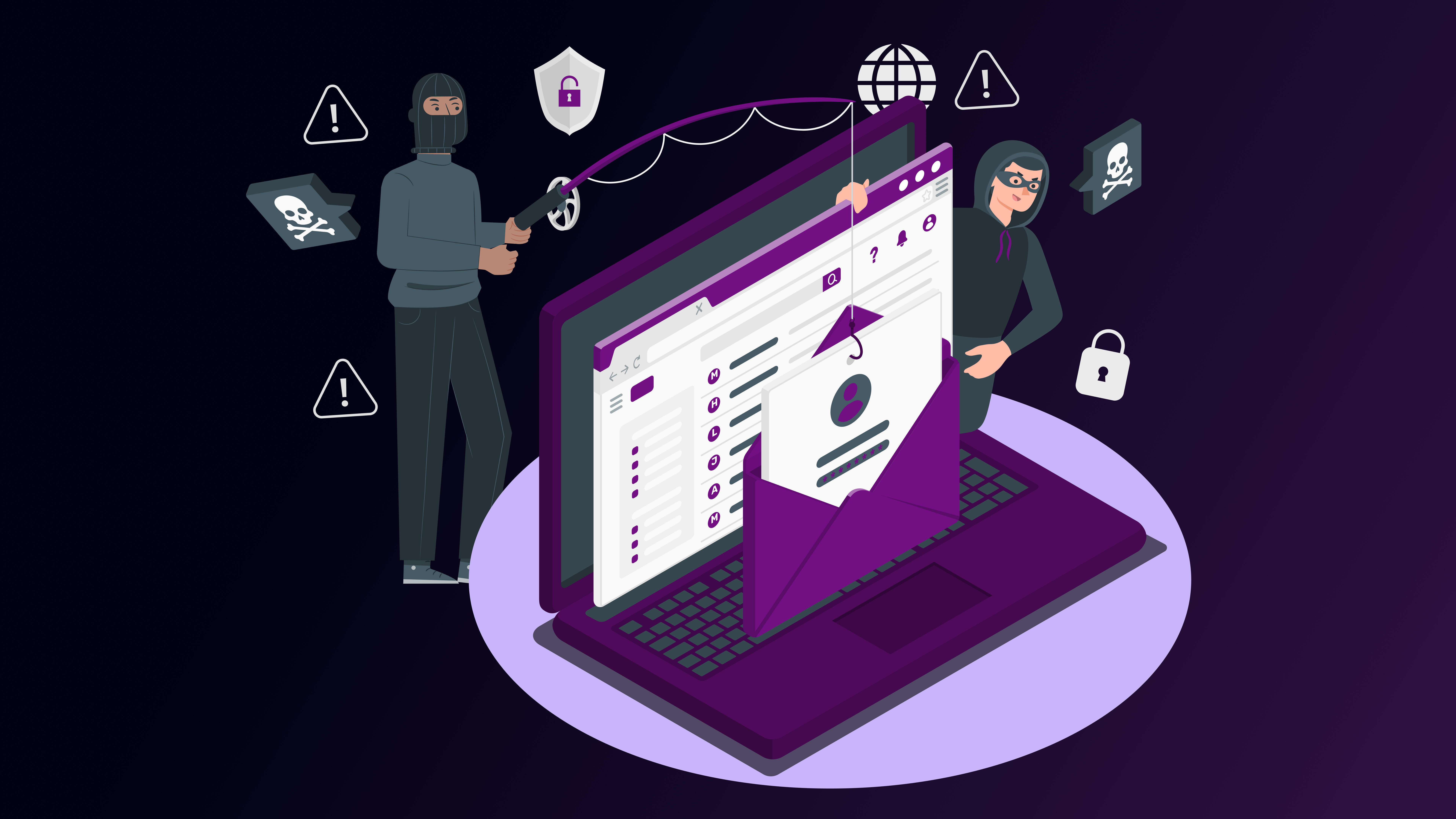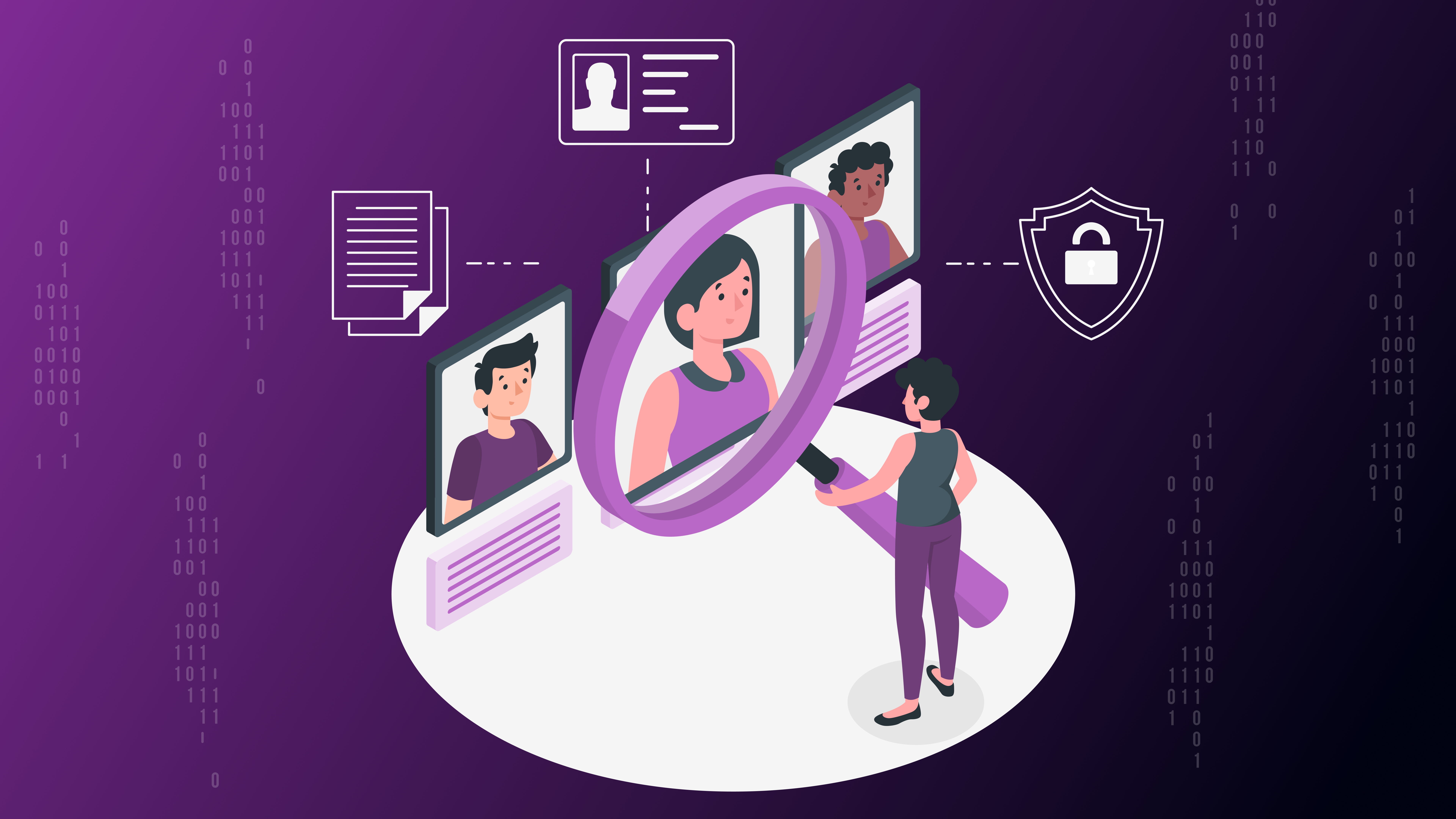B2B buyers are complex. They don’t just buy a solution – they buy confidence, clarity, and a sense of risk mitigation. And they certainly don’t reach out after a single touchpoint.
Before they even think about talking to you, they will Google you, skim your website, check your LinkedIn activity, maybe even look at who your clients are and what your employees are saying.
Now add cybersecurity buyers to that equation, and you’re dealing with a whole new level of scrutiny.
This isn’t someone buying CRM software or a design tool.
A CISO or security lead evaluating your solution is weighing their organization’s safety, their personal liability, and their board’s trust – all in one decision.
They’re not easily impressed by nice taglines. They’re not interested in “AI-powered” fluff or vague promises of protection. They want proof. They want precision. And they want to know that you understand the stakes.
That’s why cybersecurity marketing strategies can’t be built like general B2B strategies.
They need to be built with the buyer’s journey front and center – from how awareness is triggered to how the final buying committee makes their decision.
And that’s where most cybersecurity firms lose the plot.
They post “thought leadership” that never leads to anything.
They rank for keywords no one cares about.
They write blogs that showcase their tech but never address the buyer’s real fears.
And then wonder why nothing converts.
Let’s say you’re building a next-gen, AI-powered email security tool. You’re going up against Microsoft Defender, Proofpoint, or Check Point – solutions that your ideal buyer, the CISO, already uses, trusts, and probably doesn’t have any active complaints about.
So what’s going to make them listen to you?
It’s not a glossy product brochure.
It won’t be a blog that explains what “phishing” is – they already know.
And it definitely won’t be a vague claim like “AI-powered threat protection.”
It’ll be messaging that makes them pause and think, because it hits where it matters:
- Where Defender or Proofpoint fall short – especially for high-risk, compliance-driven industries that need more than out-of-the-box protection
- How your solution actually closes those gaps – with AI that learns user behavior, stops sensitive data from leaking, or spots internal threats faster
- What real-world results they can expect – lower false positives, stronger compliance audit trails, quicker incident response times
- And how seamlessly it fits into their current workflow – without needing a month-long onboarding sprint or complicated user retraining
That’s what they want to know. That’s what gets their attention. And that’s what makes the difference between “another vendor email” and a solution worth evaluating.
Check out how we created a content marketing lead generation channel for one of our cybersecurity clients, here.
Awareness Isn’t About You – It’s About Their Wake-Up Call
Most cybersecurity marketing starts too late in the buyer’s journey.
Your prospect – maybe a CISO, maybe a compliance head – doesn’t just stumble onto your product and instantly realize it’s a fit. Before they ever land on your site, they’re likely reacting to a wake-up moment:
- An internal email phishing test that half the team failed
- A third-party risk assessment that didn’t go as planned
- Or worse – a breach at a similar company that suddenly made a “nice-to-have” product feel more like insurance
And what are they doing at that point?
They’re not searching for your company. They may not be ready for a demo.
They’re just looking for good answers, increased protection.
So, the questions become:
- Is your brand available to be seen at that moment?
- Does your content reflect enough value to be considered as an option then?
Most companies jump straight to pitching the product. But at Digi-tx, we believe you earn your seat at the table by being useful first – by being the company that helps the buyer understand the risk, the shift, or the opportunity. That’s what real awareness content does.
Here’s what that can look like:
- A 2-minute LinkedIn carousel: “Why Microsoft Defender Isn’t Built for FinTech”
- A YouTube breakdown: “SOC 2 Changes for 2025: What Your Email Stack Needs to Cover”
- A blog post SEO’d for questions like:
→ “What’s the best email security solution for HIPAA compliance?”
→ “AI in cybersecurity: Should I upgrade our stack?”
Awareness content isn’t supposed to talk about your product.
It’s supposed to make your buyer think: “Okay, these folks are listening to the market and perhaps this product can help”
If you’re wondering how to start building that kind of presence – especially on platforms like LinkedIn and YouTube that reward conversation over conversion – check out our guide on Why LinkedIn & YouTube Are a Perfect Combination for Your Cybersecurity Content Marketing Plan.
Because in cybersecurity, awareness doesn’t begin with your homepage – it begins with a question. And the brands that answer best, win.

Evaluation Is Where You Prove You’re Worth the CISO’s Time
Once you’ve captured a buyer’s attention, the game shifts – fast.
This is the part where your audience, usually a CISO, a VP of Security, or even a board advisor, starts putting on their skeptic hat. They’re not just exploring your product – they’re benchmarking it against the others they already know about.
They’re building a spreadsheet. Maybe a scorecard. They’re figuring out which solution feels safe to bet on.
And this is where most cybersecurity companies lose the deal… by putting content that appeals only in the awareness stage.
Let’s get this straight: Nobody in the evaluation stage wants a “What is Zero Trust?” blog. They want to know:
- Where do you outperform the others?
- Will your solution reduce their security team’s manual workload?
- What did your other customers achieve?
- How hard is this to implement without messing up their current stack?
So, what should your marketing be doing here?
1. Create comparison pages that don’t dodge the tough stuff.
If you’re better than Proofpoint at catching polymorphic phishing attacks, say it. If your onboarding takes 4 hours and not 4 weeks, flex that. This isn’t about aggression – it’s about clarity.
2. Use case studies that go beyond “we blocked 98% of threats.”
Tell us what that meant for the business. Did it help pass a tricky compliance check? Reduce the IT ticket load? Give their security team breathing room?
3. SEO isn’t just about keywords here – it’s about intent.
Your mid-funnel SEO should be optimized for queries like:
- “Proofpoint vs [Your Tool]”
- “Email security tool for high compliance industries”
- “Best phishing protection tools for healthcare”
These aren’t educational. These are purchase signals. And you’d better be ranking for them.
Spoiler: it wasn’t about ranking for every keyword – it was about picking the right ones that buyers searched for when it mattered most.
Bottom line: evaluation content should do three things – reduce friction, increase confidence, and answer the hard questions before the sales call. Everything else is noise.
Final Decision Is a Risk Calculation
By the time a buyer reaches the decision stage, they’re not asking if your product works. They’re considering serious risk, integration and cost questions:
- “Will this integrate cleanly with our current system without breaking anything?”
- “Can I justify this cost in our budget vs the benefits I get over our old vendor?
- “What kind of support do we get to configure and maintain this?”
Your product could be the most technically advanced solution in the category, but if your messaging doesn’t clearly reduce perceived risk and integration challenges, you’re going to lose to the safer bet – even if that “safe” bet is a legacy tool that hasn’t been updated since the last data breach made headlines.
So how do you flip that?
“Creating Frictionless Decision Content“
This is not the time for a shiny homepage. This is the time for:
- Deployment explainers: Tell them what onboarding looks like, step-by-step. Show them it’s simple.
- Dedicated FAQ pages: Pre-empt objections before they happen. Will this work with Microsoft 365? Can I control sensitivity thresholds?
- Pricing pages with actual context: Nobody likes “talk to sales.” If your pricing is usage or consumption based or modular, say it. Transparency builds trust.
- CISO-relevant testimonials: Not “Great UI,” but “Helped us cut 73% of phishing incidents without hiring more analysts.”
CISOs don’t buy features. They would like to have more confidence in your solution.
That’s why this stage is so closely tied to how you structure your services and pricing pages – not in terms of just numbers, but in clarity. Your pricing, competitor analysis, case studies, and product pages should bring home this clarity to your audience. Use visuals, examples, or even ROI calculators.
This is precisely why we believe in the power of content marketing in cybersecurity. With the right kind of content, any business can convert a good interest into real business value.
Build content that builds confidence with cybersecurity buyers
Cybersecurity buyers don’t need noise – they need clarity, confidence, and content that speaks their language.
If your marketing strategy isn’t guiding them through the funnel with the right mix of education, trust, and proof, you’re losing the deal before it even starts.
At Digi-tx, we help cybersecurity brands turn technical expertise into high-converting content and predictable inbound leads – through SEO, content strategy, and smart channel execution.
Book an Intro Call and let us know if you’re struggling with marketing your cybersecurity product or services. We’ll give you the right strategy and execution plan that fits your business.





